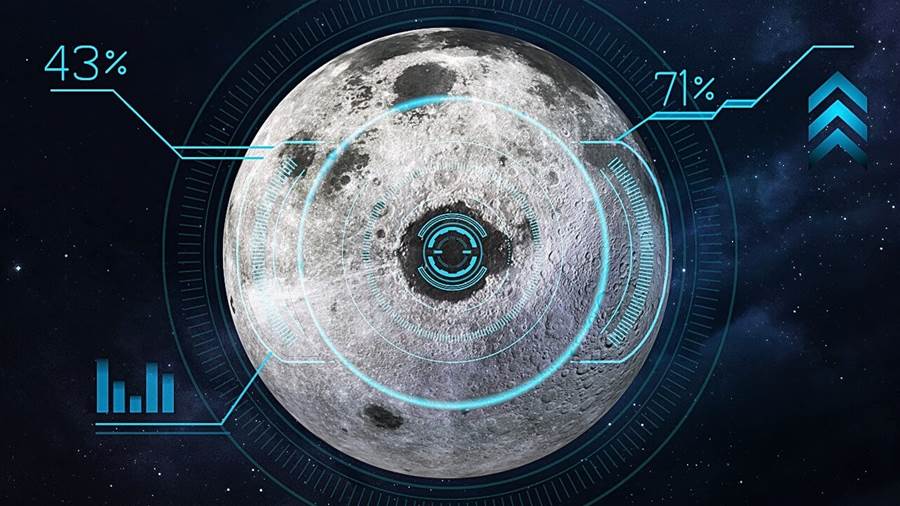
The moon, despite its awe-inspiring glow and beauty, harbors a dark secret - the presence of mysterious dark spots. These dark spots have puzzled scientists and astronomers for centuries, but recent research has shed some light on their origins.
These dark spots, known as lunar maria, are flat plains on the moon's surface that appear dark to the naked eye. Contrary to popular belief, they are not composed of water or volcanic activity. Instead, they are remnants of ancient volcanic eruptions that occurred billions of years ago.
Scientists have discovered that the moon was once a geologically active body, with intense volcanic activity shaping its surface.

The dark color of these spots is due to the differences in their mineral composition compared to the rest of the moon's surface. While the moon's surface is predominantly composed of a light-colored rock called anorthosite, the lunar maria consist of much darker basalt rock.
These dark spots, although intriguing, have several implications for future lunar explorations. The basalt rock found in the lunar maria contains valuable resources such as iron and oxygen, which can potentially be used for human settlements or lunar base construction.
In conclusion, the dark spots on the moon, known as lunar maria, are remnants of ancient volcanic activity. Their dark color is due to differences in mineral composition, and they hold potential for valuable resources and scientific discoveries. Unraveling the mysteries of these dark spots is crucial for future lunar explorations and expanding our knowledge of Earth's celestial neighbor.








